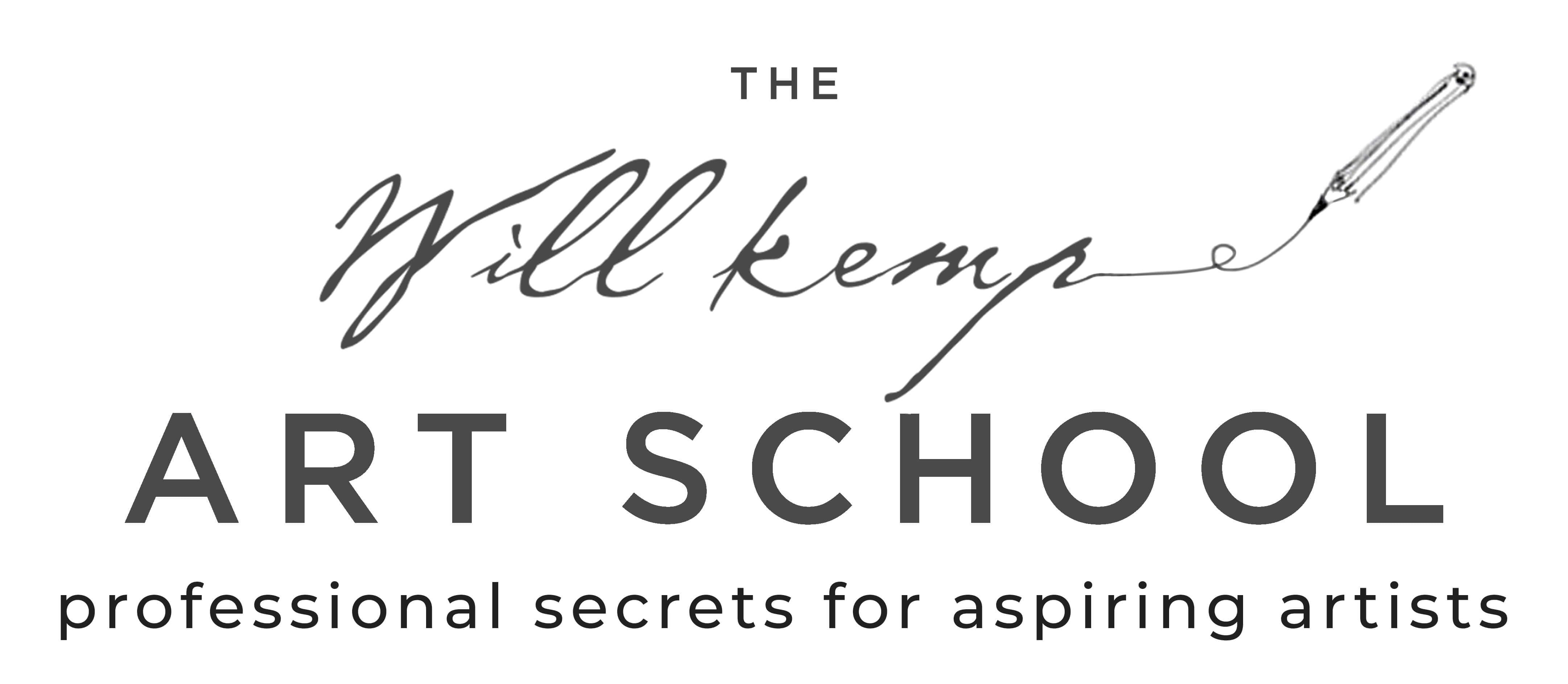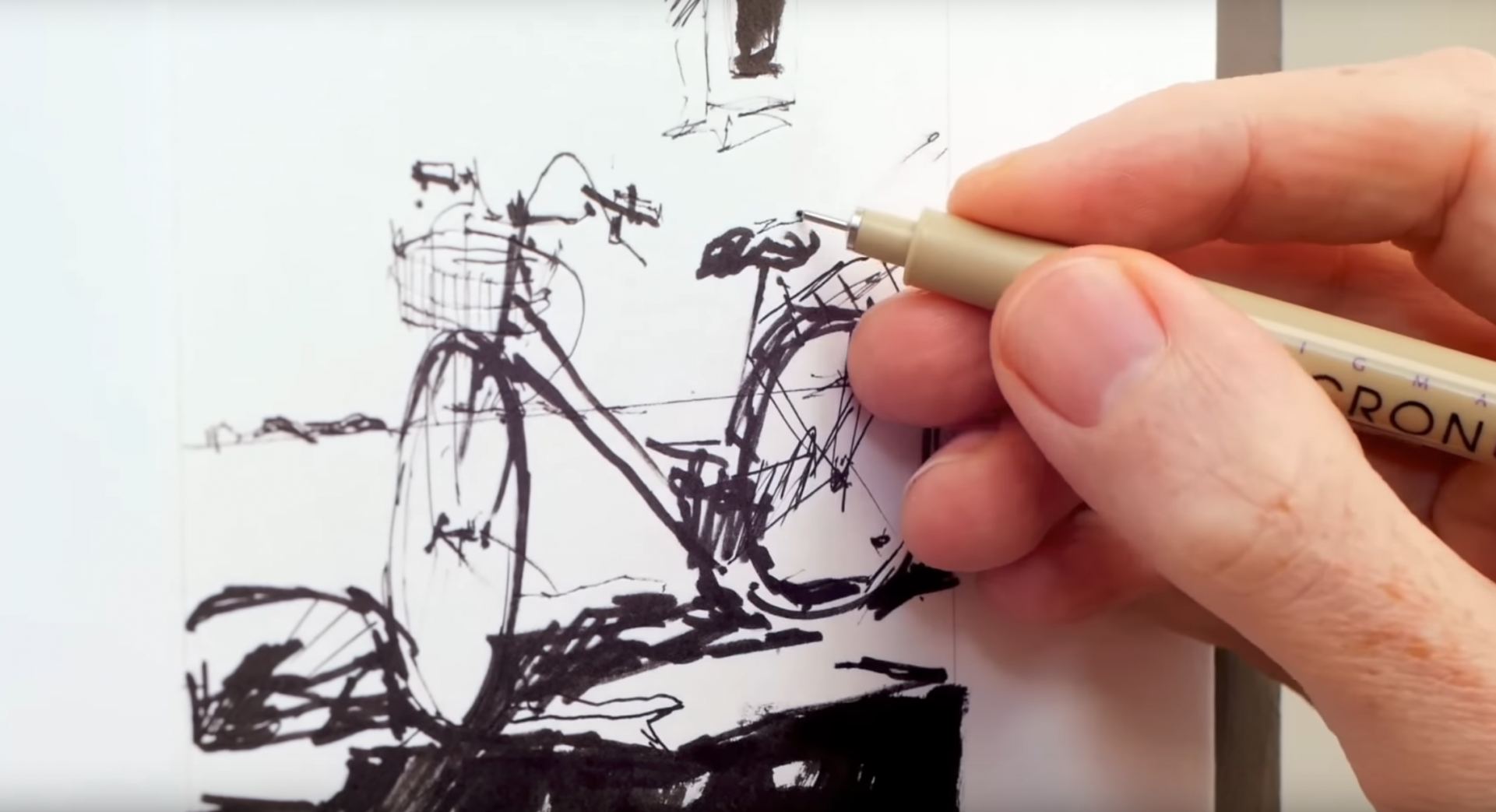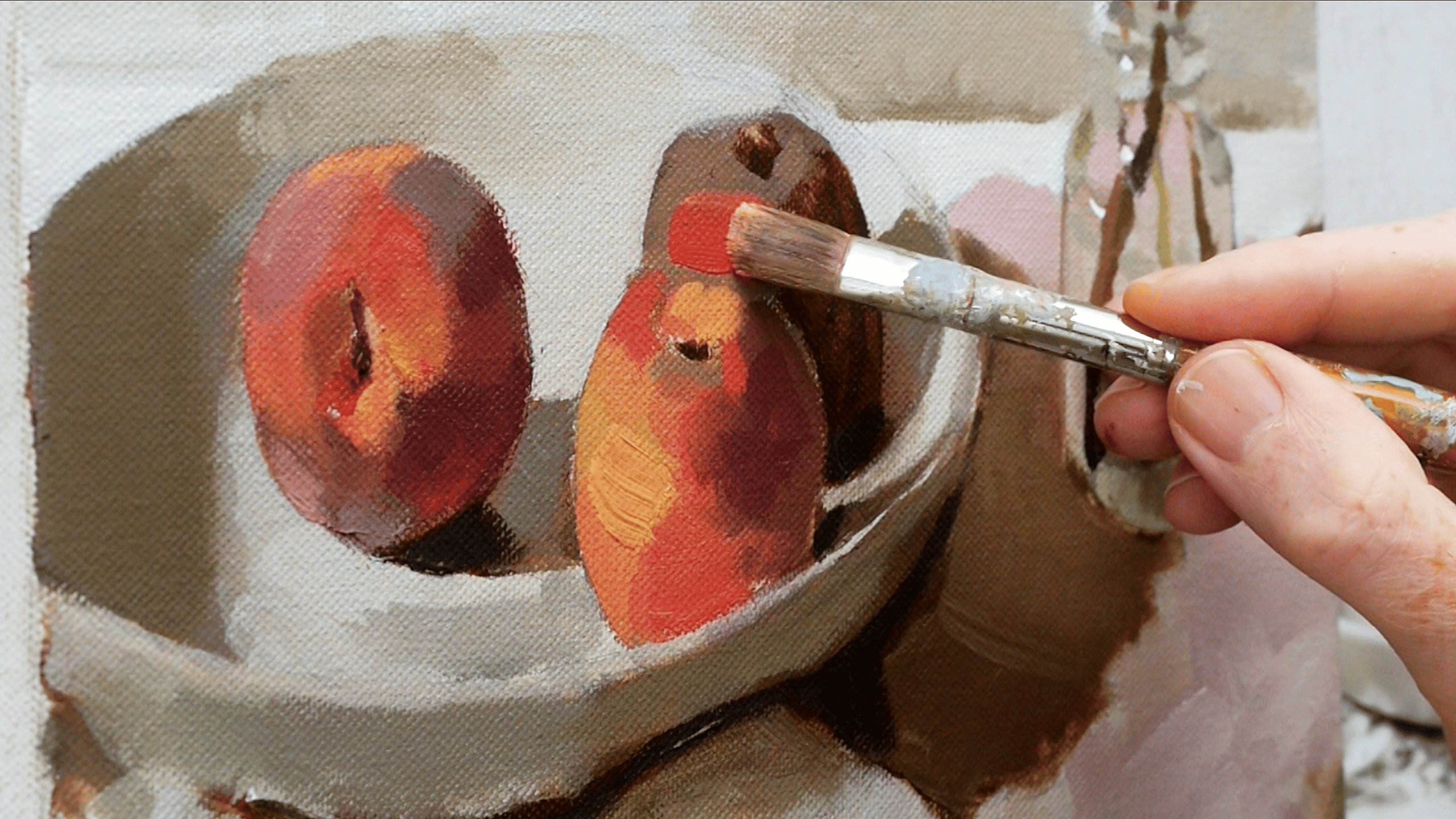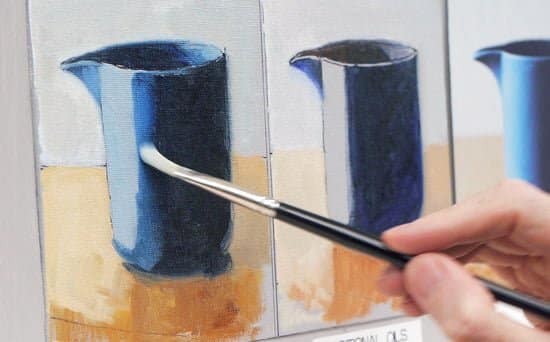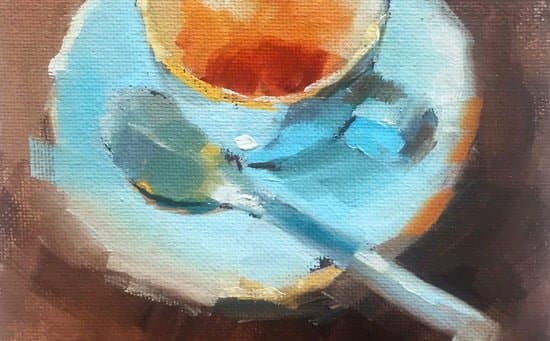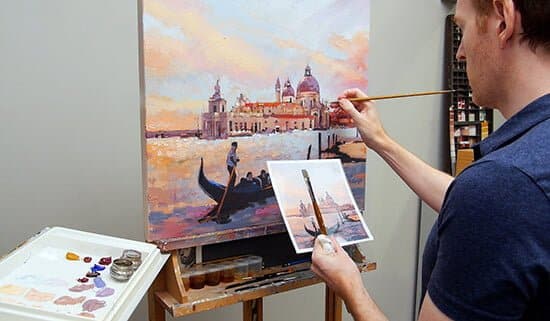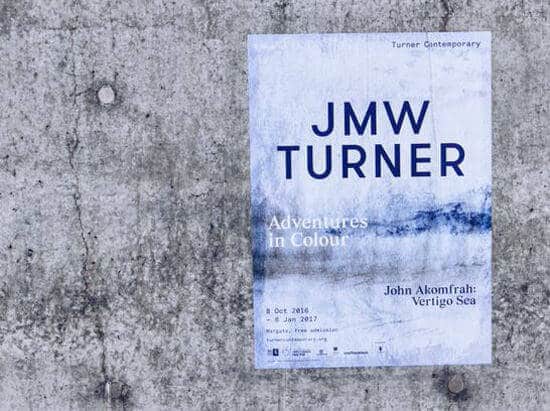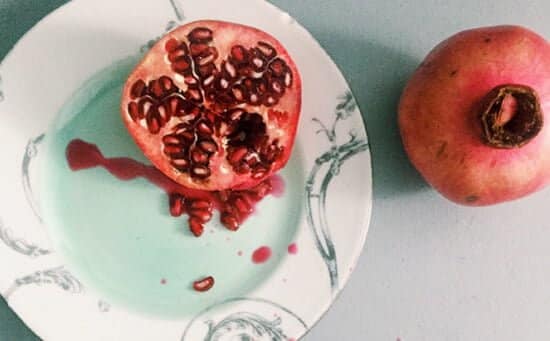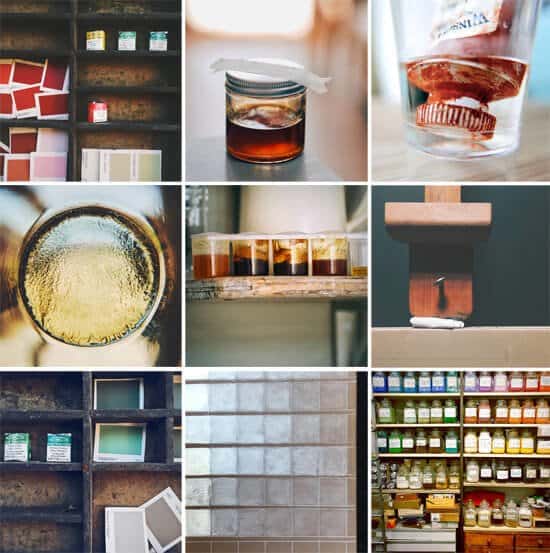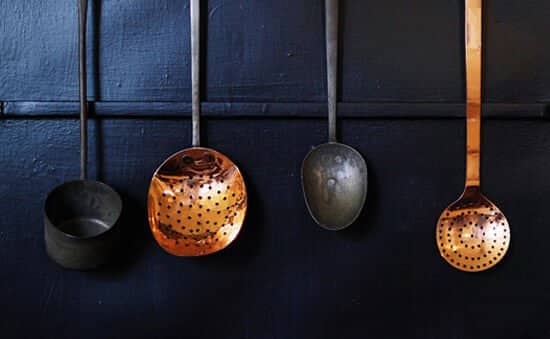Studying Holbein’s Portrait Drawings: A Brief Encounter

Detail, Mary Zouch, Hans Holbein The Younger, Black and Coloured Chalks, Pen and Ink c.1532-43, Royal Collection Trust / © Her Majesty Queen Elizabeth II 2017
I was in London last month to catch the Encounter: Drawings from Leonardo to Rembrandt exhibition, held at the National Portrait Gallery until 22 October 2017.
I was particularly interested in studying the collection of portrait drawings by Hans Holbein the Younger on loan from the Queen’s Royal Collection, Windsor Castle.
I’ve always admired Holbein’s oil portraits at the National Gallery London and the Uffizi Gallery, Florence but only ever seen images of some of his drawings in books.
The exhibition room was quite small, the lights low with very few other visitors and it really felt such a privilege to view these drawings in such an intimate space.
The walls were painted a dark Prussian Blue and many of the Holbein drawings were on a muted pink ground hung side-by-side in a line. They were all relatively the same size and the first thing I noticed as my eye jumped across them, was the variety of silhouette shapes created by the headwear and angle of the pose gave a real sense of the sitter.
You can’t help your mind wandering back to the Tudor Court of Henry VIII and wondering about the characters in the portraits (and for the fans of ‘Wolf Hall’ I have to admit, I was silently humming the theme tune)
They felt so fresh with some of the contour lines reminding me of a Singer Sargent’s portrait, it’s pretty amazing to see how contemporary these drawings looked considering they were drawn over 400 years ago.
